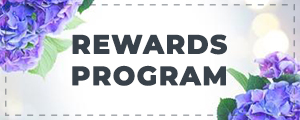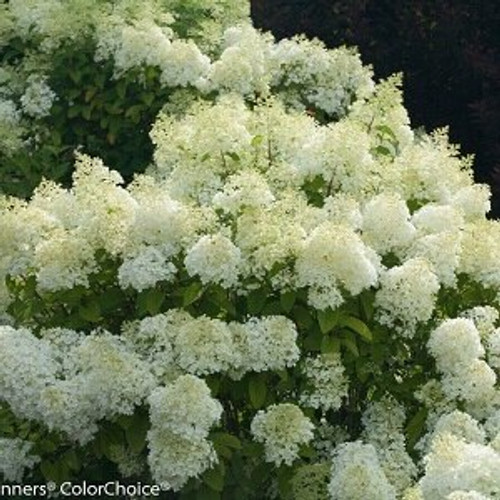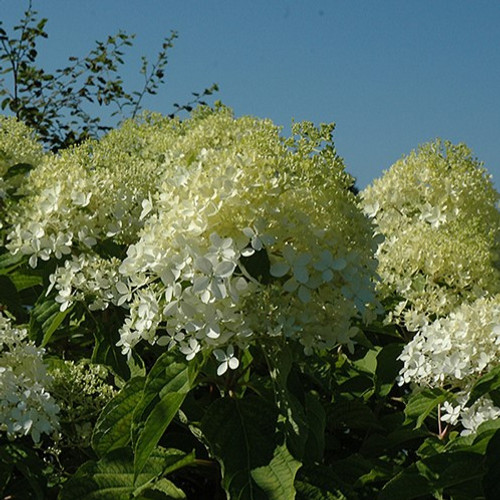| Hydrangea paniculata 'DVP PINKY' std |
USDA Zone: 3-9 |
Pinky Winky has an unusual name, and an even more unusual flower. The large white panicles open in mid to late summer, and as summer turns to fall the florets at the base of the panicles turn pink. The flower panicles continue to grow, producing new white florets at the tip. The result is spectacular two-toned flower panicles that can reach up to 16 inches in length! This is a real show-stopper that's also very easy to grow. Adaptable to most soils and both sun and shade, Pinky Winky will thrive in most gardens.
Pinky Winky® Hydrangea Std tree form is recommended for the following landscape applications;
- Accent
- General Garden Use
- Container Planting
Bloom Time: Summer, Fall
Long Blooming, Fall Interest
Common Name: Panicle Hydrangea
|
Key Feature
|
Light Needs | Landscape Uses |
 |
 |
|
|
|
|
| More About Pinky Winky Hydrangea Std. |
| Height: 6-8 ft |
Spread: 6-8 ft |
Flower Colour: Pink / White Shades |
|
Best with rich, loamy, slightly acidic soil, but highly adaptable to most well-drained soils. Follow a regular watering schedule during the first growing season to develop a deep, extensive root system. Panicle hydrangeas are best pruned in early spring. Cut the branches back by about one-third their total length. This plant tolerates a wide range of conditions, but does not grow well in soggy soil. Plant in full sun in zones 3-7; afternoon shade is preferable in warmer areas. A good 2-3" layer of shredded bark mulch over the roots is very beneficial. If desired, fertilize in early spring with a granular fertilizer formulated for woody plants, like a rose fertilizer. Pinky Winky® Hydrangea Std tree form is a fine choice for the yard, but it is also a good selection for planting in outdoor pots and containers. With its upright habit of growth, it is best suited for use as a 'thriller' in the 'spiller-thriller-filler' container combination; plant it near the center of the pot, surrounded by smaller plants and those that spill over the edges. It is even sizeable enough that it can be grown alone in a suitable container. Note that when grown in a container, it may not perform exactly as indicated on the tag - this is to be expected. Also note that when growing plants in outdoor containers and baskets, they may require more frequent waterings than they would in the yard or garden. Be aware that in our climate, most plants cannot be expected to survive the winter if left in containers outdoors, and this plant is no exception. NOTE: Some flowers and plants may be harmful or poisonous to people or pets if touched or ingested. If you require more information before placing an order, please let us know in advance. |











